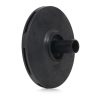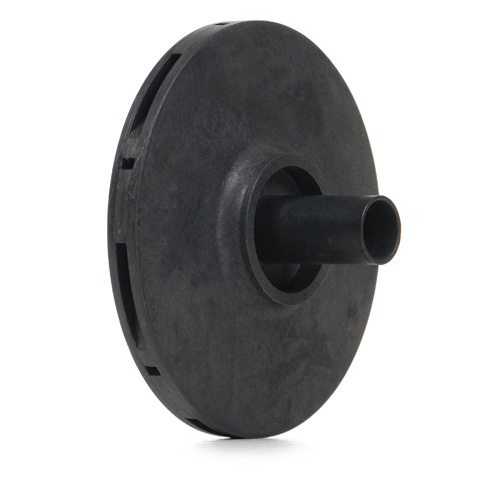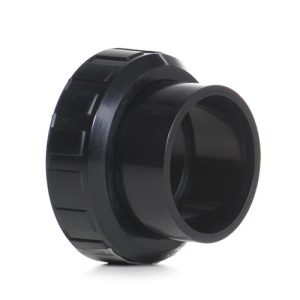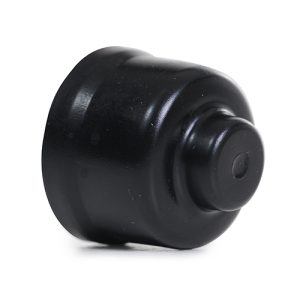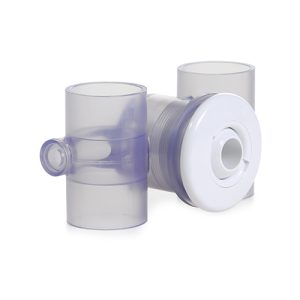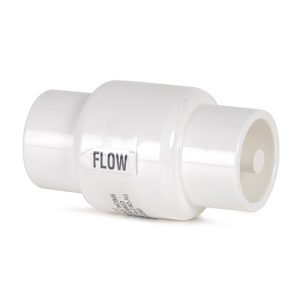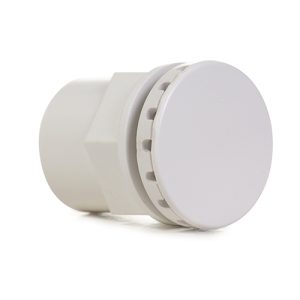Aquamite / Supastream Pump 0.50hp Impellor
£66.98 Inc VAT
Out of stock
Want to be notified when this product is back in stock?
Aquamite / Supastream Pump 0.50hp Impeller
Essential Replacement Component for Water Circulation
As a retailer of pool and spa parts, I stock this genuine replacement impeller for Aquamite and Supastream 0.50hp pumps. The impeller is the heart of your pump’s circulation system, and replacing a worn or damaged impeller restores proper water flow and system performance.
What is a Pump Impeller?
The impeller is a rotating disc-like component with curved vanes or blades that sits inside the pump housing, attached to the motor shaft. When the motor spins the impeller at high speed (typically around 3,450 rpm), it creates centrifugal force that moves water through your pool or spa circulation system.
Think of it like a propeller—as it spins, the impeller draws water in through the center and flings it outward toward the edges, creating both suction on the inlet side and pressure on the discharge side. This action pulls water from your pool through the skimmer and drains, then pushes it through the filter and back to the pool.
How Impellers Work
The impeller operates on the principle of centrifugal force. As it rotates, water enters at the center (the impeller eye) and is accelerated outward by the curved vanes. This creates an area of low pressure at the center, which extends back through the suction plumbing to the pool. Meanwhile, atmospheric pressure outside the system pushes water into this low-pressure area, creating what we commonly call “suction.”
The water molecules are thrown toward the outer edge of the impeller where they’re captured by the pump volute (the spiral housing surrounding the impeller). The volute converts the water’s velocity into pressure, forcing it through the discharge plumbing to your filter and back to the pool.
Signs Your Impeller Needs Replacement
Several symptoms indicate impeller problems. Reduced water flow is the most common—if you notice weaker return jets or lower filter pressure readings, the impeller may be clogged or damaged. Grinding or rattling noises often signal that debris has damaged the impeller vanes or that the impeller is struggling to turn properly.
If your pump loses prime frequently (starts pumping air instead of water), a damaged impeller may be unable to maintain proper suction. Visible damage is obvious when you inspect the impeller—look for broken vanes, cracks, or severe wear on the blade edges.
Common Causes of Impeller Damage
Impellers can fail for several reasons. Debris is the primary culprit—leaves, pebbles, or other objects that bypass the strainer basket can jam between the impeller vanes or chip the edges. This is why regularly emptying the pump basket is so important.
Running the pump dry (without water) generates extreme heat that can warp or melt plastic impellers. Chemical imbalance also damages impellers over time—water that’s consistently outside the proper pH range can corrode metal impellers or degrade plastic ones. The acidic or alkaline conditions literally eat away at the impeller material, weakening the vanes until they break.
Cavitation, which occurs when suction-side restrictions cause water to vaporize, creates tiny bubbles that collapse violently against the impeller surface. Over time, this pitting action erodes the impeller material, reducing efficiency and eventually causing failure.
Importance of Proper Impeller Function
The impeller is absolutely critical to your entire circulation system. Without a functioning impeller, water cannot circulate through the filter, which means debris accumulates, chemicals don’t distribute properly, and water quality deteriorates rapidly.
Pump motors are designed to work against a specific load. A damaged impeller reduces this load, causing the motor to spin faster than designed. This can lead to motor overheating and premature failure. Conversely, a partially blocked impeller increases resistance, forcing the motor to work harder, which also shortens motor life.
Energy efficiency suffers with a damaged impeller. Even minor damage to the vanes reduces the impeller’s ability to move water efficiently, meaning your pump runs longer to achieve the same circulation, wasting electricity and increasing operating costs.
Installation Considerations
Replacing an impeller requires disassembling the pump at the impeller housing. The new impeller must be properly aligned on the motor shaft and secured according to manufacturer specifications. The seal plate and diffuser (the stationary component that directs water flow into the impeller) should be inspected and cleaned during impeller replacement.
When installing a new impeller, also inspect the mechanical seal. If the old impeller failed due to debris damage, the seal may have been compromised as well. Many technicians replace both components simultaneously to avoid having to reopen the pump shortly after impeller replacement.
Product Specifications
| Specification | Details |
|---|---|
| Product Type | Pump Impeller |
| Compatibility | Aquamite and Supastream 0.50hp pumps |
| Function | Water circulation via centrifugal force |
| Application | Pool and spa circulation systems |
| Material | Engineered plastic (typical for residential pumps) |
| Mounting | Attaches to pump motor shaft |
| Weight | 0.13 kg |
| Dimensions (L × W × H) | 0.1 m × 0.15 m × 0.15 m |
| Volume | 0.002 cubic meters |
| SKU | 6497240196 |
| Category | Pool & Spa Spares |
Preventive Maintenance
Protect your new impeller by maintaining clean strainer baskets—check and empty them at least twice weekly during peak swimming season. Never run the pump without first filling the pump basket housing with water to prime the system. Maintain proper water chemistry to prevent corrosion. Keep the water level adequate so the pump doesn’t run dry.
If you hear unusual noises from the pump, investigate immediately rather than letting the problem worsen. Early detection of debris in the impeller allows you to clear it before permanent damage occurs.
This genuine replacement impeller restores your 0.50hp Aquamite or Supastream pump to proper operation, ensuring reliable water circulation and optimal system performance.
| Weight | 0.13 Kilograms |
|---|---|
| Length | 0.1 Meters |
| Width | 0.15 Meters |
| Height | 0.15 Meters |
| Volume | 0.002 CubicMeters |
| Supplier | GoldenC |
Related products
Spares
Spares
Spares

